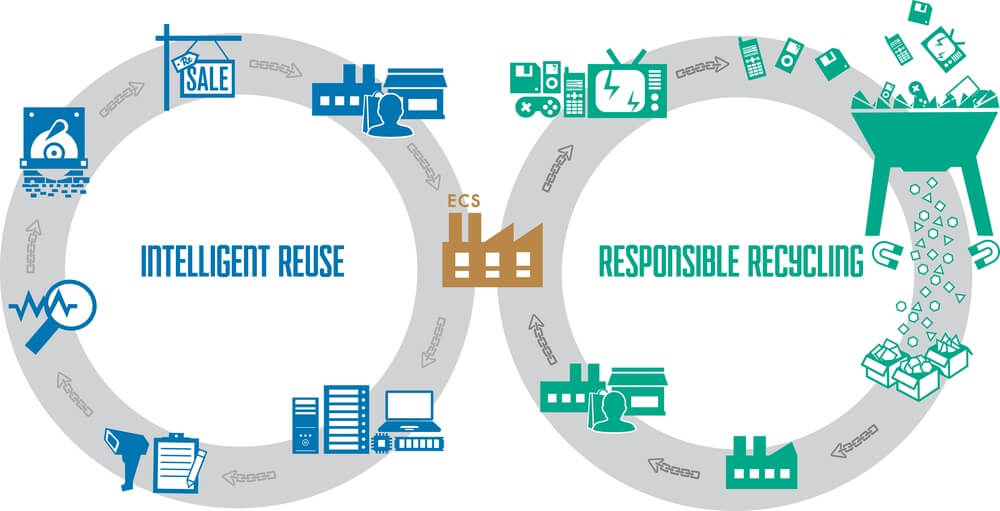How does your electronics disposal efficiency rate?
How does an organization measure the efficiency of the disposal of electronic products? What are the different channels of e-waste, and do we really need to measure them?
The electronic device elimination efficiency (EDE) is expressed as the weight of the equipment "responsibly" discarded compared to the total weight of the discarded equipment. As an equation, it looks like this:
EDE = Weight of equipment responsibly disposed of total weight of equipment disposed of
This produces a ratio between 0.0 and 1.0 or a percentage if you multiply the ratio by 100. Basically, it measures how much equipment you discard is being reused, restored or recycled.
The hardest thing to do in this equation is "responsibly."
This means that equipment that has reached the end of its useful life and is subject to recycling or renewal (together with all its parts or components) is transferred to a third party that has been certified to establish electronic product recycling standards.
ITAD is essentially the business of disposing of obsolete, unviable or unwanted equipment in a responsible and safe manner for the environment. Everything from servers and storage to PCs, components and monitors of PCs, which become old and unusable at some point.
There are numerous certifications of this type, which include the Recycling Industry Operation Standard, Responsible Recycling, e-Stewards, SA8000, IDC Green Recycling and Asset Disposition for the Company and the WEEE Label of Excellence, among others.
ITAD companies provide the convenient service to buy your excess IT equipment and withdraw it for safe disposal, recycling or resale.
Once they have obtained their surplus equipment, they will use the IT asset disposition market and their own end-user network to recover all possible value.
In few words, ITAD is any process related to recovering the value of IT equipment. To understand ITAD in greater depth, it is vital to investigate this in context, specifically how the IT asset disposal market and the value recovery process work.
The equation as previously mentioned becomes simple in the recycling of these IT systems.
"The weight of the equipment disposed of responsibly includes the weight of the systems reused (placed in secondary service in another part of the organization), the weight of the components recovered and the weight of the equipment recycled directly.
The total weight of the equipment discarded includes the weight of the systems reused, the weight of the components reused, the weight of the equipment recycled and the weight of the waste of the equipment. "
Dividing equipment weights into categories allows organizations to monitor the individual categories that make up all the displaced equipment. It is not necessary to track each individual category, but companies can identify opportunities to improve their waste stream. For example, it might be possible to maintain some components of the e-waste to improve the relationship.
In conclusion, it is very important to take in mind the electronics disposal efficiency rate in all areas of a company, since with this equation we can achieve a balance between the obsolete and the Return on Investment (ROI) that our equipment can generate.

